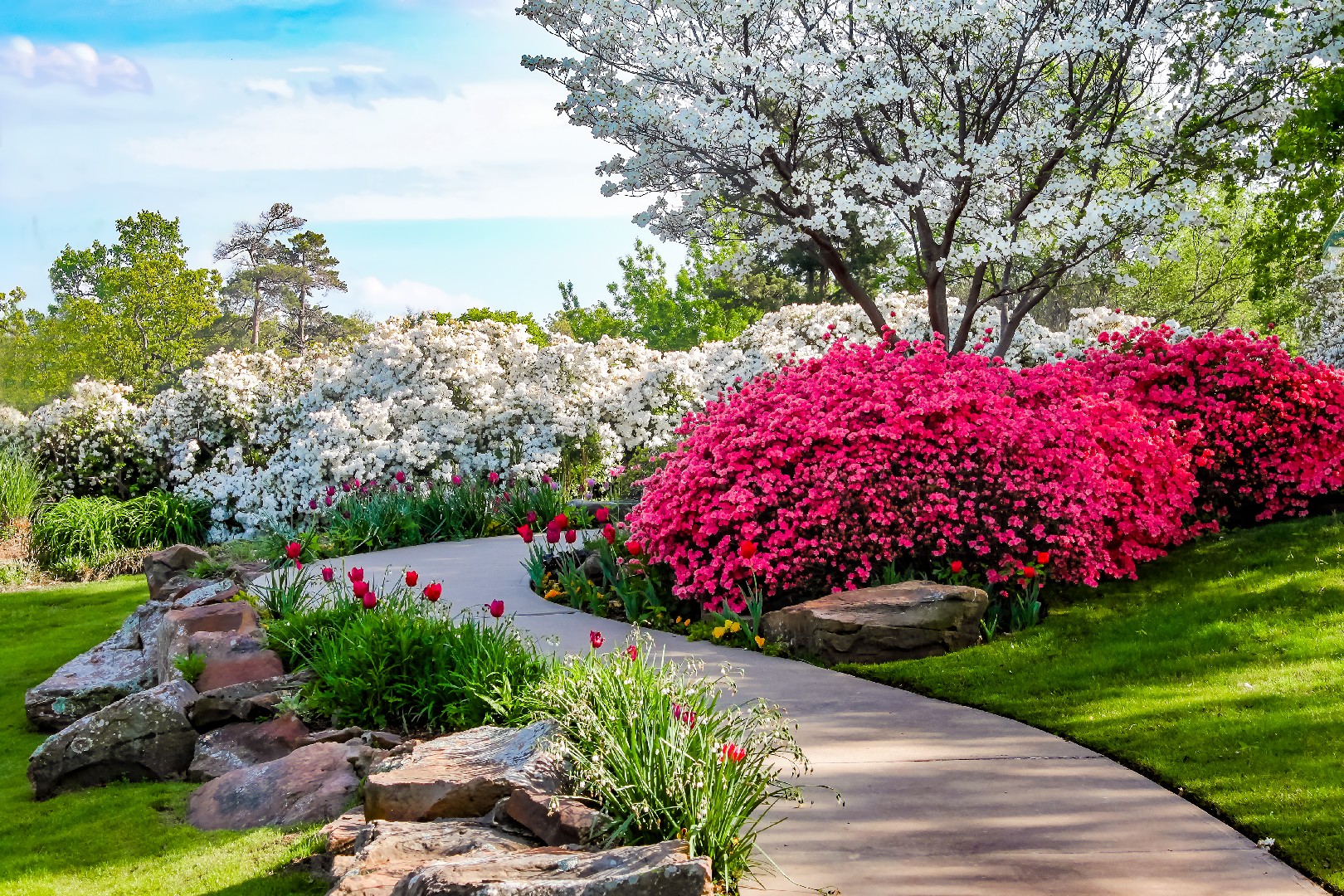![Rectangle]()
Selecting The Right Materials
When it comes to designing alluring walkways for your garden, selecting the right materials is crucial. The materials you choose will not only impact the overall aesthetic of your garden, but also its longevity and maintenance requirements. In this section, we will explore different materials for garden paths and discuss their pros and cons.
One classic option for garden paths is cobblestones. Cobblestones add a touch of elegance and charm to any garden. They are durable and can withstand heavy foot traffic. Additionally, they come in various shapes and sizes, allowing for creative patterns and designs. However, cobblestones can be labor-intensive to install, as each stone needs to be individually placed.
If you prefer a more rustic look, bricks are another popular choice for garden paths. Bricks offer a timeless appeal and can complement both traditional and modern garden designs. They are relatively easy to install and maintain. However, it's important to choose high-quality bricks that are suitable for outdoor use to ensure their durability.
For those seeking a contemporary touch, resin-bound gravel is worth considering. This material consists of small stones bound together with resin, creating a smooth and porous surface. Resin-bound gravel comes in a wide range of colors, allowing you to create a custom look that complements your garden's color palette. It is also wheelchair-friendly and provides good traction. However, proper installation is crucial to prevent gravel displacement over time.
In addition to these traditional materials, there are also eco-friendly options available. Recycled materials such as crushed concrete, reclaimed bricks, and railway sleepers can give your garden path a unique and sustainable character. Not only do these materials reduce waste and pollution, but they also add a sense of history and texture to your garden.
When selecting the material for your garden path, it's essential to consider its aesthetic alignment with your garden. Pay attention to the colors, textures, and overall style of your garden, and choose a material that complements these elements. By doing so, you can create a harmonious and visually appealing space.
Furthermore, proactive planning for long-term maintenance and durability is crucial. Some materials may require regular cleaning, sealing, or repairs. Consider the climate and conditions in your area and choose a material that can withstand the elements. Additionally, think about how the material will age over time and whether it aligns with the desired look of your garden.
By carefully selecting the right material for your garden path and considering its long-term maintenance, you can design a walkway that not only enhances the beauty of your garden but also stands the test of time. Whether you choose classic cobblestones, rustic bricks, contemporary resin-bound gravel, or eco-friendly recycled materials, remember to follow proper installation guidelines and seek professional advice if needed. With the right materials and careful planning, your garden path will become a lasting centerpiece that inspires and delights.





